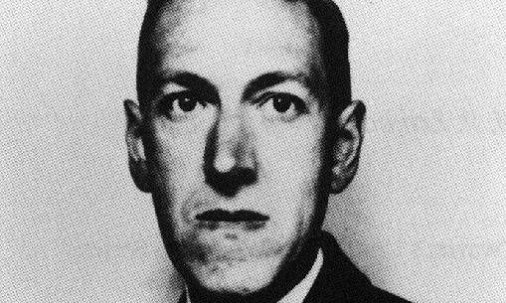Regular readers of Open Culture know us to gush over our favorite celebrity couples now and then: John and Yoko, Jean-Paul and Simone, Frida and Diego…. Not your usual tabloid fare, but the juicy details of these amorous partners’ lives also happen to intersect with some of our favorite art, music and literature. One cultural power couple we haven’t covered much, surprisingly, well deserves the “power” adjective: Lou Reed and Laurie Anderson, two personalities whose influence on the art and music of the last several decades can hardly be overstated.
Has Reed’s reputation at times been inflated, and Anderson’s underplayed? Maybe. She doesn’t get nearly enough credit for the witty, profound, moving work she’s done, year after year (with one lengthy hiatus) since the 70s. Reed’s career since the 70s consisted of more misses than hits. But put them together (in 1992) and you get a harmonious meeting of Reed’s raw, gut-level assertions and Anderson’s curious, playful concepts.
Witness their personal strength together in the Charlie Rose excerpt at the top of the post. Reed, who was often a difficult interview subject, to put it mildly, and who gained a reputation as a brutally unpleasant, abusive rock and roll diva (immortalized lovingly in Bowie’s “Queen Bitch”), comes off in this sit-down with Anderson as almost warm and fuzzy. Did she make him want to be a better person? I don’t know. But Anderson’s short obituary after his 2013 death remembered Reed as a “prince and fighter,” her longer obit as a “generous” soul who enjoyed butterfly hunting, meditation, and kayaking. No reason he wasn’t all those things too.
When it came to music, Reed could pull his partner into the orbit of his sweet R&B songcraft, as in their duet of “Hang on to Your Emotions,” further up, and she could pull him out of it—like John Cale and Nico had done in the Velvet Underground—and into the avant-garde drone of her experimental scene (as above in the pair’s collaboration with composer and saxophonist John Zorn). Just this past Spring, in one of the most touching musical tributes I’ve ever seen, Anderson recreated Reed’s abrasive screw-you to his record label, Metal Machine Music, as a conceptual art piece called Drones, leaning several of his guitars against several fully-cranked vintage amps, letting the feedback ring out for five days straight.
None of us can be Lou Reed and Laurie Anderson; every couple is happy, or unhappy, in their own way. But what, in the grand tradition of mining celebrity couple’s lives for advice, can we learn from them? I guess the overall message—as Anderson herself suggested in her Rock & Roll Hall of Fame acceptance speech for Reed (above, in shaky audience video)—is this: keep it simple. Kansas State English Professor Philip Nel points out Anderson’s “wise… thoughtful” words on the subject of living well, delivered in her speech at the 8:55 mark:
I’m reminded also of the three rules we came up with, rules to live by. And I’m just going to tell you what they are because they come in really handy. Because things happen so fast, it’s always good to have a few, like, watchwords to fall back on.
And the first one is: One. Don’t be afraid of anyone. Now, can you imagine living your life afraid of no one? Two. Get a really good bullshit detector. And three. Three is be really, really tender. And with those three things, you don’t need anything else.
Can you imagine Lou Reed as “really, really tender”? He certainly was in song, if not always in person. In any case, these three rules seem to me to encapsulate a personal philosophy built solidly on fearless integrity and compassion. Difficult to live by, but well worth the effort. And because I’m now feeling super warm and fuzzy about Lou and Laurie, I’ll leave you with the short WNYC interview clip below, in which she reveals her favorite Lou Reed song, which he happened to write about her.
Related Content:
Laurie Anderson’s Top 10 Books to Take to a Desert Island
Lou Reed, John Cale & Nico Reunite, Play Acoustic Velvet Underground Songs on French TV, 1972
Josh Jones is a writer and musician based in Durham, NC. Follow him at @jdmagness


